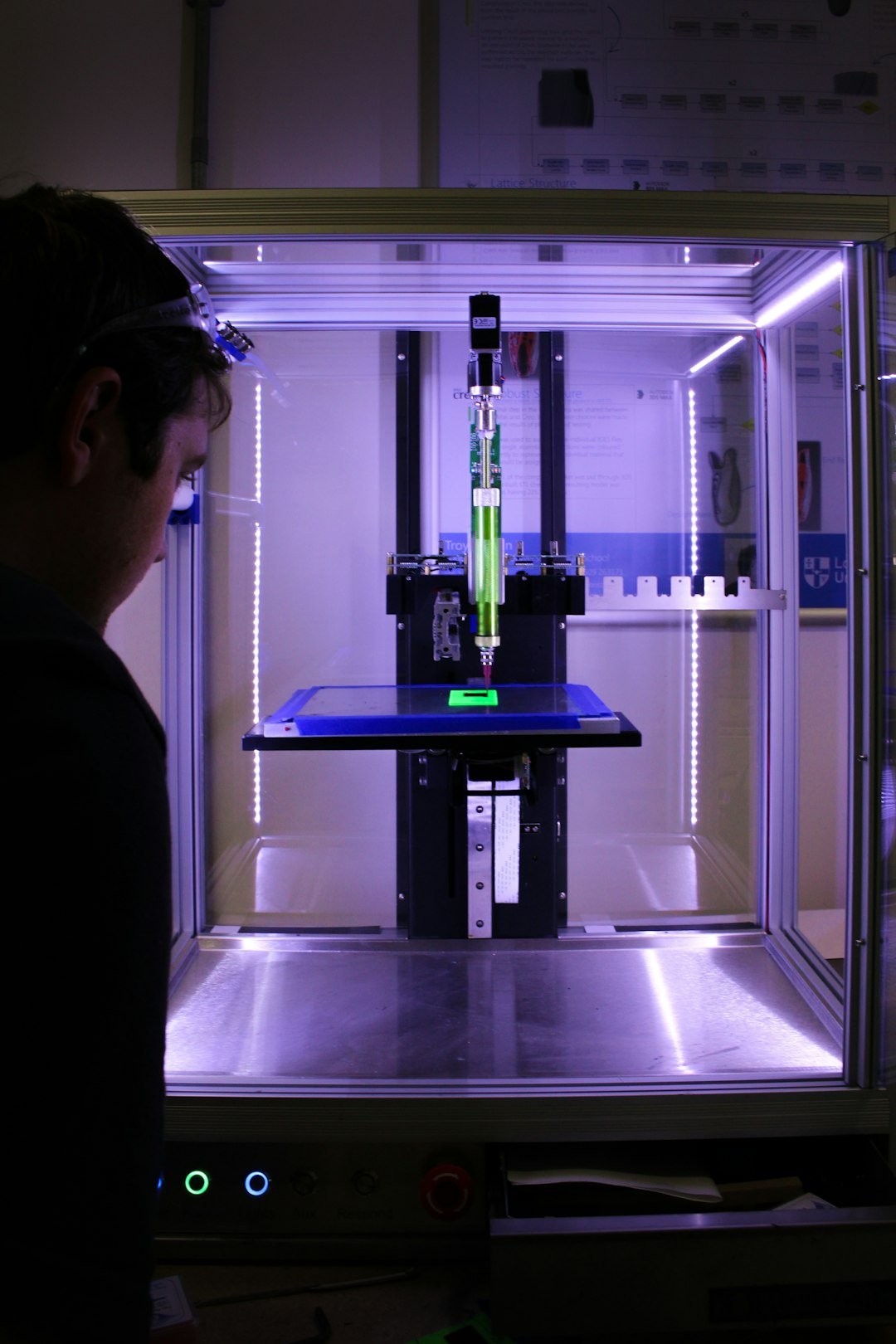Quality Control in Manufacturing: Ensuring Product Excellence
In today’s competitive market, consumers have high expectations when it comes to the quality of products they purchase. From electronics to clothing to food, customers want to have confidence in the items they buy. This is where quality control in manufacturing becomes crucial.
Quality control is the process of inspecting, testing, and evaluating products to ensure they meet specific standards of quality. It covers all aspects of manufacturing, including raw materials, production processes, and finished goods. Its primary goal is to identify and rectify any defects or deviations, thereby ensuring that the final product meets or exceeds customer expectations.
One of the key benefits of quality control in manufacturing is the prevention of defects. By implementing quality control measures at various stages, manufacturers can identify issues early on and prevent them from escalating into larger problems. This saves not only time and money but also safeguards the reputation of the brand.
To achieve product excellence, it is essential to have a well-defined quality control process in place. The process typically involves the following steps:
1. Setting Quality Standards: Manufacturers must establish specific quality standards for each product. These standards should address factors such as durability, functionality, performance, and safety. By defining clear quality parameters, manufacturers can ensure consistency in their products.
2. Inspecting Raw Materials: Quality control starts with inspecting and monitoring the quality of raw materials used in the production process. This includes assessing the material’s physical properties, chemical composition, and adherence to industry standards. Any substandard materials should be rejected or rectified before they enter the manufacturing process.
3. Implementing Quality Checks during Production: Quality control checks should be conducted at various stages of production to identify and address any deviations. This includes monitoring critical process parameters, such as temperature, pressure, and timing, to ensure they remain within the desired range. Regular quality checks can help catch and rectify issues before they affect the final product.
4. Conducting Final Product Inspection: Once the manufacturing process is complete, a final inspection is carried out to assess the quality of the finished goods. This includes checking for defects, verifying compliance with quality standards, and ensuring proper packaging. Only products that meet all quality criteria should be allowed to proceed for distribution.
5. Continuous Improvement: Quality control is an ongoing process that requires continuous improvement. Manufacturers should collect data, analyze trends, and implement changes to enhance product quality over time. By seeking feedback from customers and monitoring market trends, manufacturers can stay ahead of the competition and adapt their quality control processes accordingly.
Implementing a robust quality control system requires investment in resources, training, and technology. However, the return on investment is significant. It enables manufacturers to produce superior products consistently, leading to customer satisfaction, brand loyalty, and long-term success.
Additionally, quality control contributes to risk mitigation. By ensuring that products are manufactured to the highest standards, manufacturers minimize the risk of recalls, returns, and customer complaints. They also reduce the likelihood of legal and financial consequences that may arise from faulty products.
In conclusion, quality control in manufacturing plays a crucial role in ensuring product excellence. By establishing clear quality standards, inspecting raw materials, implementing quality checks during production, conducting final product inspections, and continuously seeking improvement, manufacturers can meet customer expectations and maintain a competitive edge. Investing in quality control not only enhances product performance and reliability but also protects the brand reputation, enhances customer trust, and leads to long-term success.

